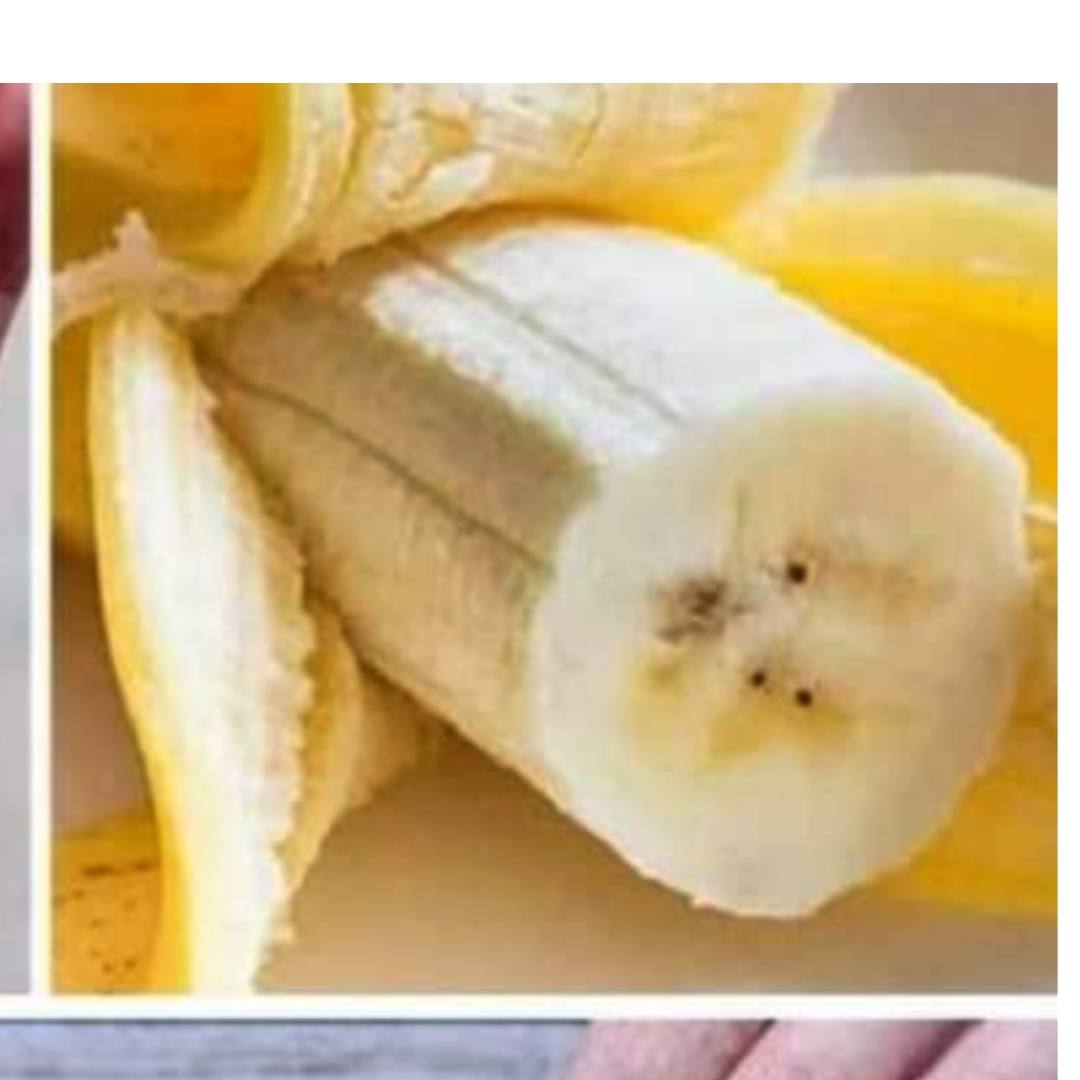This is why the bananas have these tiny strings on them. They haunt you when the yellow skin of a banana is removed. Because they run vertically along the fruit, they must be removed with caution. They hang dead from the flesh of ripe bananas, yet they cling aggressively to less ripe ones. They are never wanted, anyway. We are talking about “phloem bundles,” the more scientific word for those annoying white strings on bananas.
First of all, those strings found on bananas are referred to as “phloem packets.” The phloem of a plant ensures that nutrients go from the leaves to the fruit. Phloems are important for the growth and health of plants. Because the threads are edible, they have a purpose other than just being a part of the banana!
It is not necessary to remove the phloem before consuming a banana.
If only there was a tiny bit more taste to these… In theory, scientists claim that phloem is not required for the development of bananas. However, since illnesses often destroy bananas, it is significantly more important to create bananas that are resistant to disease.
Phloems are actually fairly beneficial, even though they might not taste very good—or perhaps you’re just dreaming! Not only are they essential to the development of bananas, but they are also a great source of potassium, fiber, vitamin A, and vitamin B6. After a banana is picked, these vitamins remain in its phloem, making the fruit exceptionally nutrient-dense.
A new study found that brown-spotted bananas are much healthier than unspotted ones. Consequently, these are without a doubt the ones we should eat. Eating an overripe banana could have some unexpected benefits. Numerous health advantages have been linked to eating bananas that are somewhat brown. They really impress us, so we’ve put them together in this handy little list:
Reduce your chance of getting cancer! They contain a substance that destroys cancer cells. Maintain blood pressure control! Because overripe bananas have more potassium, their blood pressure stays more stable.
